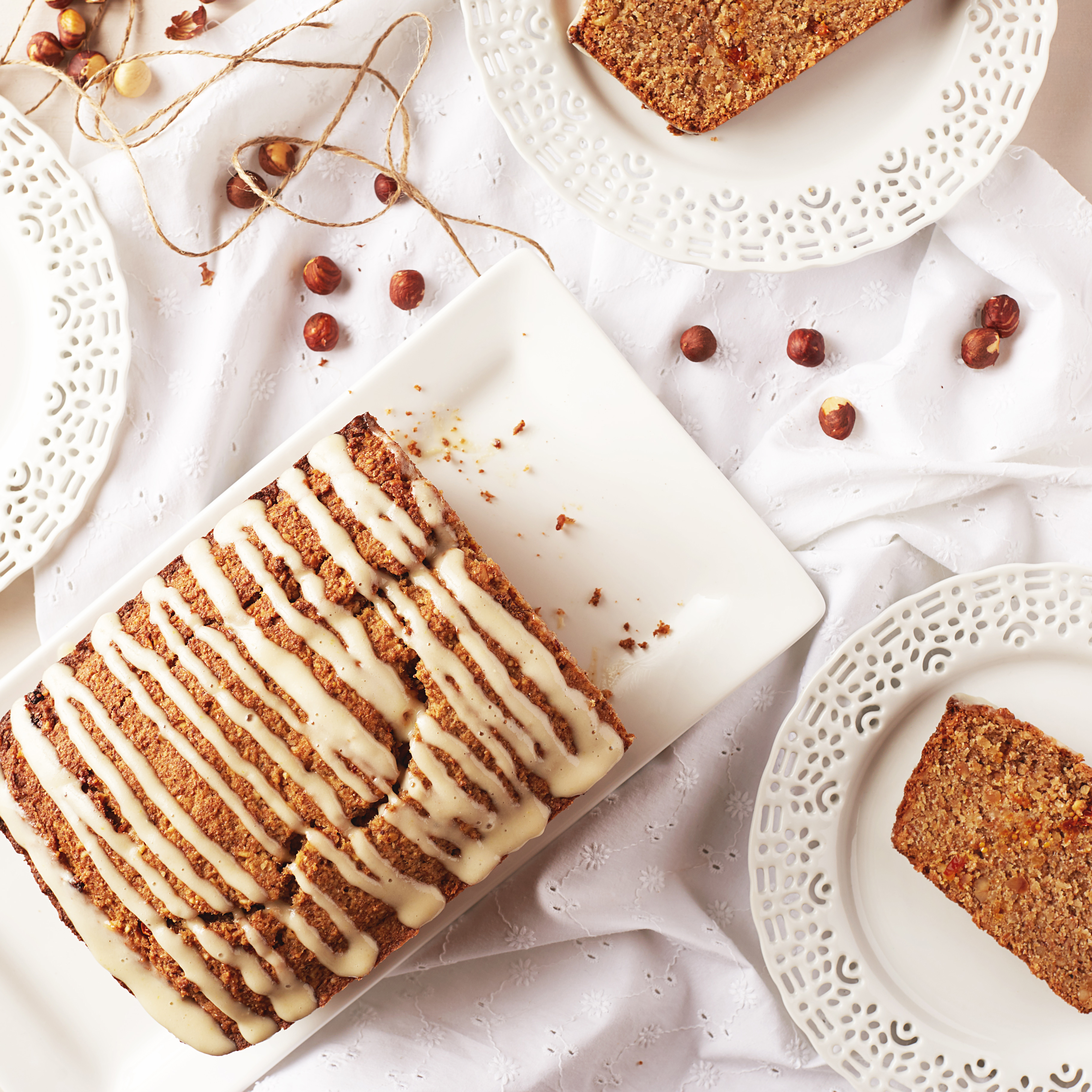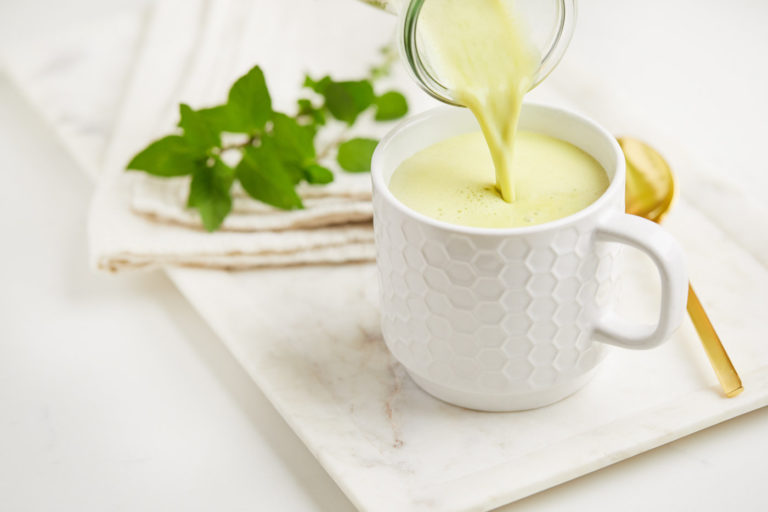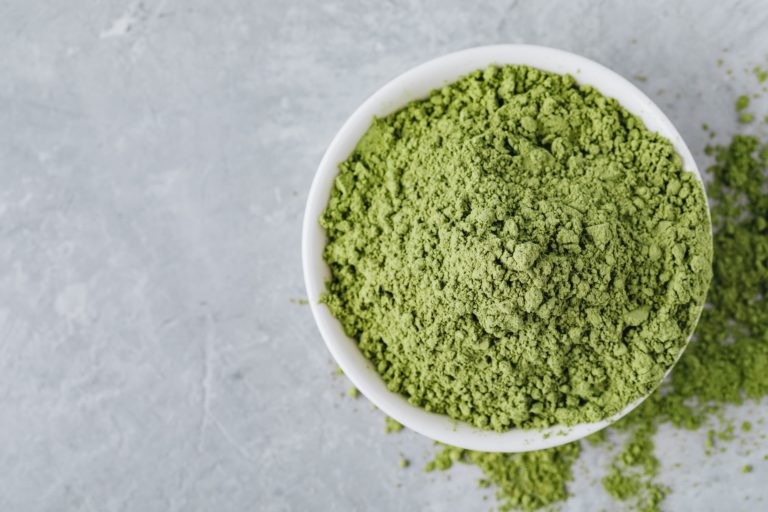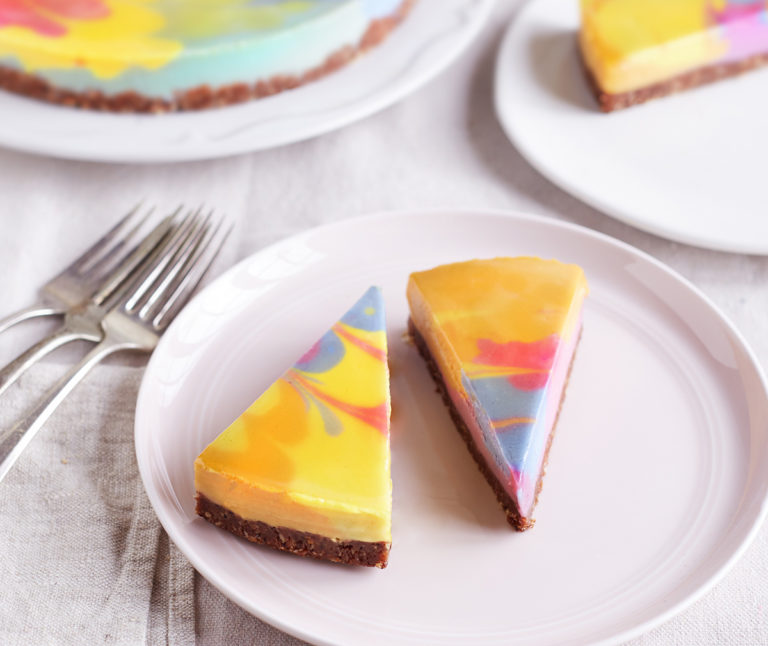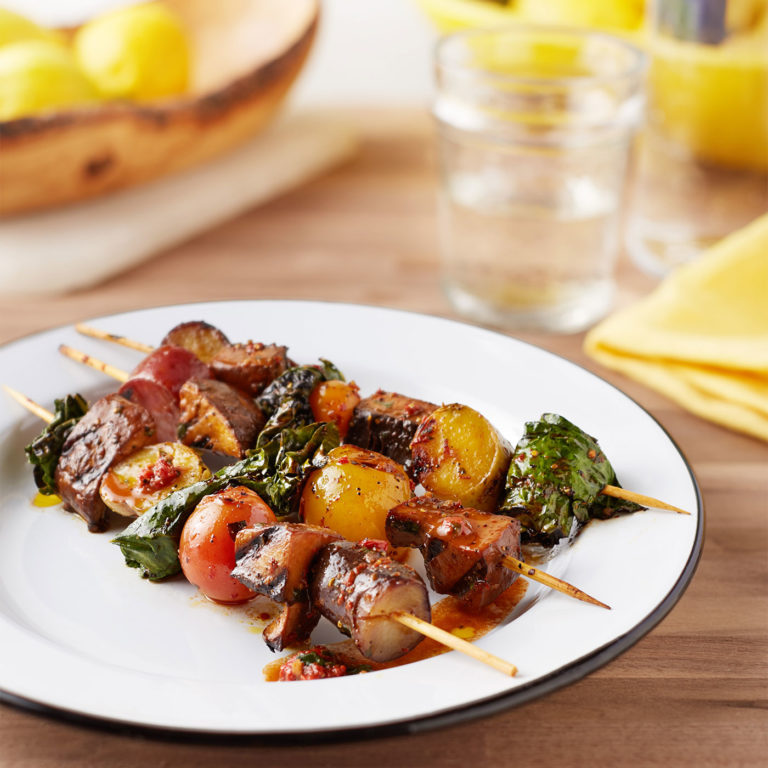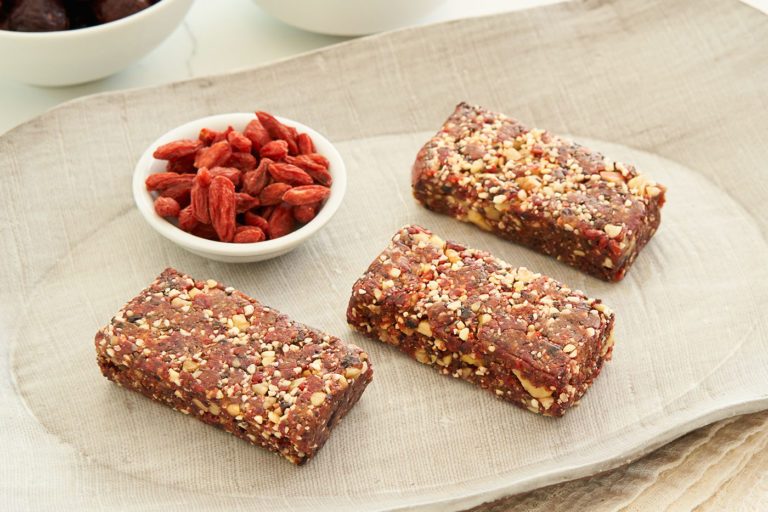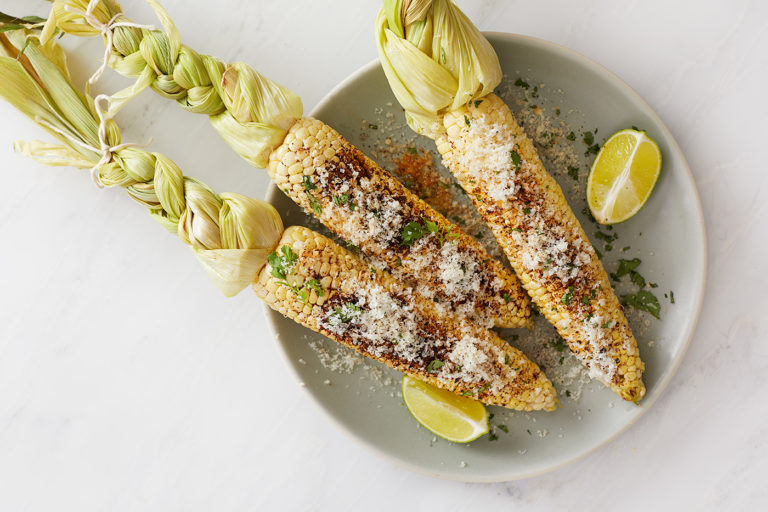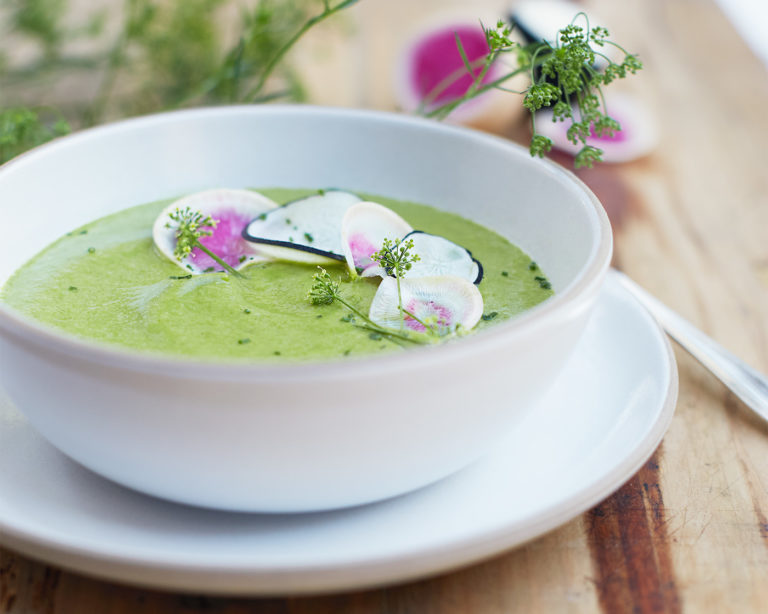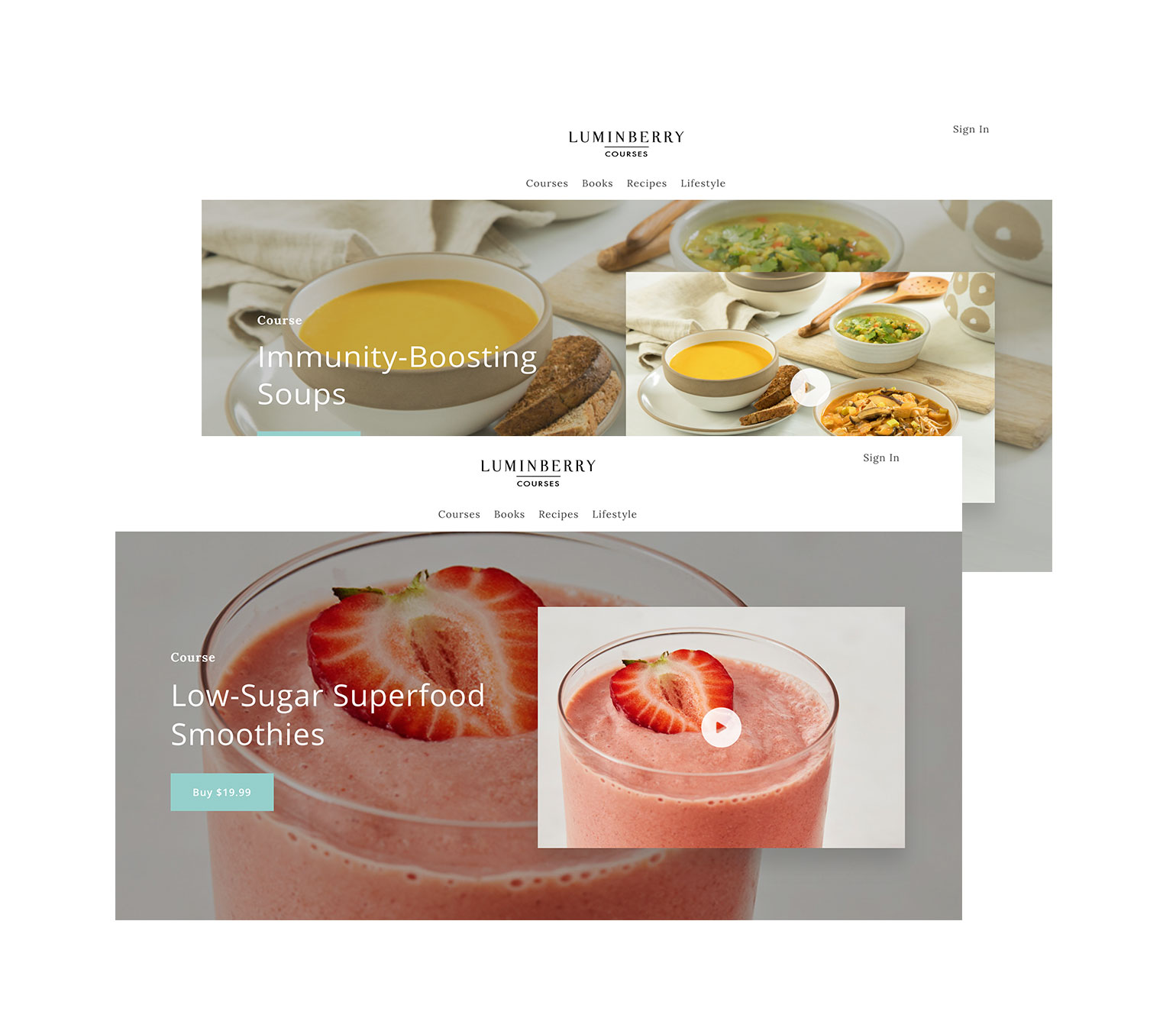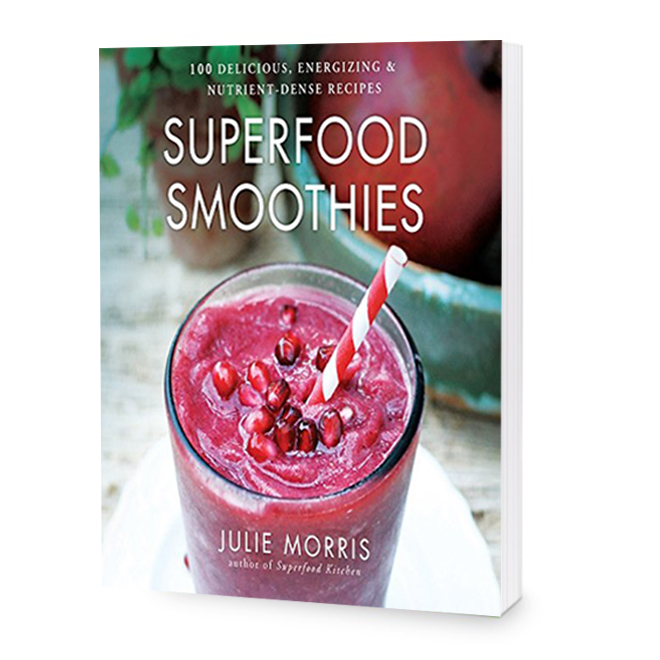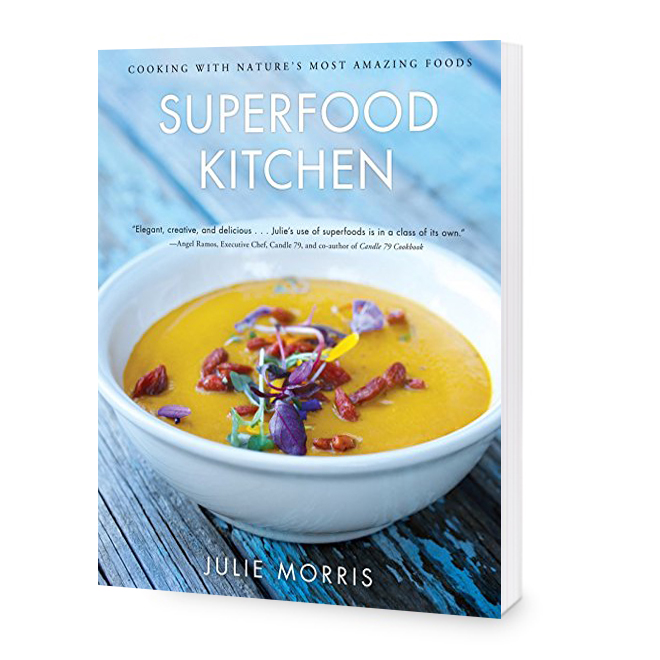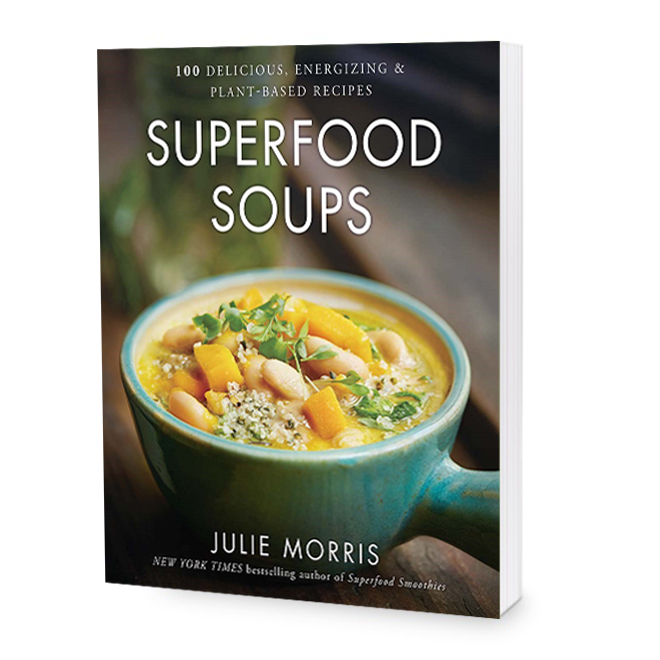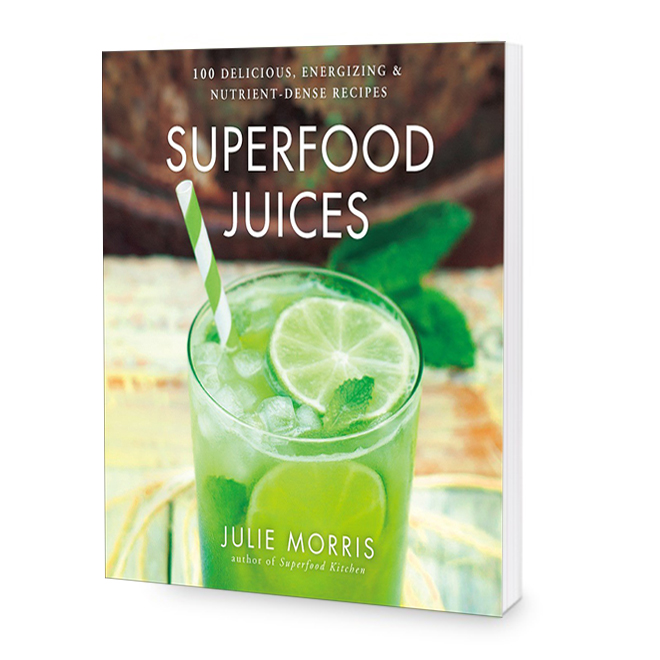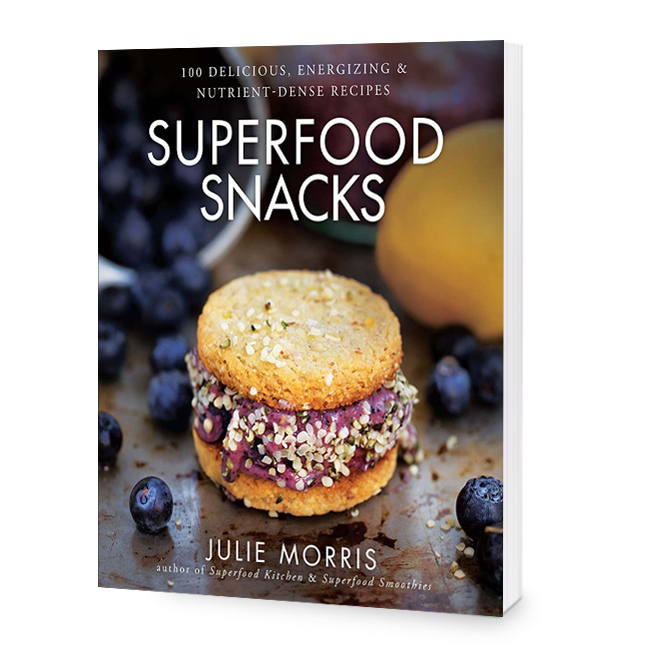Last year while I was in Germany, one of the things that impressed me the most on the food front was the baked goods. Pastries are a large part of German cuisine, and much like other European countries, they’re virtually ubiquitous. It’s hard to walk a block without running into a place that’s more than happy to offer you some freshly baked potato rolls, dark grain bread, or apple-studded strudel. But what really takes the cake is, well, the cakes. There are so many varieties of cakes in German cuisine, and they’re definitely not just saved for birthdays and special occasions — they’re casual cakes that can be enjoyed mid-afternoon as a snack or just about whenever. I like this strain of thought: you don’t need an excuse for cake!
What really fascinated me about these cakes, however, is that they were nothing like the cakes I grew up with. Despite spending almost all of my childhood in Los Angeles, the only cakes I was familiar with were the sugar-laden, thickly frosted varieties that definitely had no place on the food pyramid. On the other hand, the German cakes were decidedly less sweet, relying on fruit far more than sugar, and were only topped with a light glaze, or a sprinkle of powdered sugar, if anything at all. So what made them so delicious?
After a bit of research, I stumbled across some classic German recipes that had been Americanized (with locally sourced ingredients), and I found my answer: butter. Wow and yes … lots and lots of butter. The general formula for most of these treats seemed to be white flour, eggs, a little sugar, very light spices (if at all), and as much butter as could fit in the bowl. But there were also some really healthfully zealous qualities about these recipes too: lots of fruits, nuts, natural flavorings like vanilla and lemon zest, and no outlandishly unnatural ingredients (such as food dye), at least that I could find.
As I’ve mentioned before, I’m far from a professional when it comes to baking, but I know a good recipe base when I see it. So after several rounds of tweaking, relying on almost every healthy baking trick and swap I have, I was able to recreate a classic German Hazelnut Cake that’s not only sans butter, it’s also using all healthier ingredients, like spelt flour instead of white flour, coconut sugar in place of white cane sugar, and even adding superfoods like chia and golden berries for some inflammation-fighting nutrition. It’s a great treat to have on hand for the change in season, and is a wonderful way to enjoy a little bit of German culture that allows you to have your cake and … well, technically, iss deien kuchen geneisse es!
German Hazelnut Cake
This German-style Hazelnut cake may be served with an afternoon coffee, or snacked on intermittently throughout the day. The goldenberries add a little bit of citrusy-like zing, but you can use another dried fruit here, such as cherries or apricots, if you wish.
Makes 1 9×5-inch loaf
2 cups raw hazelnuts
1½ cups spelt flour, or gluten-free 1:1 baking flour blend
¼ cup chia seed powder
2 teaspoons baking powder
½ teaspoon baking soda
2/3 cup unsweetened almond milk
¾ cup coconut sugar
¾ cup unsweetened applesauce
6 tablespoons coconut oil, melted
1 teaspoon vanilla extract
Zest of 1 lemon + 1 tsp lemon juice
3 tablespoons dried goldenberries, finely chopped
Preheat the oven to 350° F. Spray a 9” x 5” loaf pan with cooking spray, and line with parchment to create a sling.
Spread the hazelnuts out on a baking sheet. Roast for 8-12 minutes, or until lightly browned and fragrant. Let cool, then rub off the skins from the nuts. (Keep the oven on.)
Place the hazelnuts in a food processor and grind into a flour. Transfer to a medium bowl. Add the flour, chia powder, baking powder, and baking soda, and mix well.
In a large bowl, whisk together the milk and sugar. Add the applesauce, coconut oil, vanilla extract, lemon zest, and lemon juice. Add the dry ingredients to the wet, and stir until incorporated. Fold in the goldenberries. Transfer the mixture to the prepared loaf pan, and smooth out the top. Bake for 60-70 minutes or until a toothpick comes out mostly clean and the top is golden brown. Let the cake sit for 5 minutes in the pan, then use the parchment sling to transfer it to a baking rack to cool. Dress with a light glaze, if desired (recipe follows).
Store leftovers wrapped tightly in plastic at room temperature for up to three days.
Optional: Make a quick glaze by combining ¾ cup cashews, ¼ cup liquid sweetener (like agave or maple syrup), the zest and juice of 1 lemon, ½ cup water, and ¼ cup arrowroot powder in a blender. Blend until completely smooth, and spread on as much as desired onto the cake.

